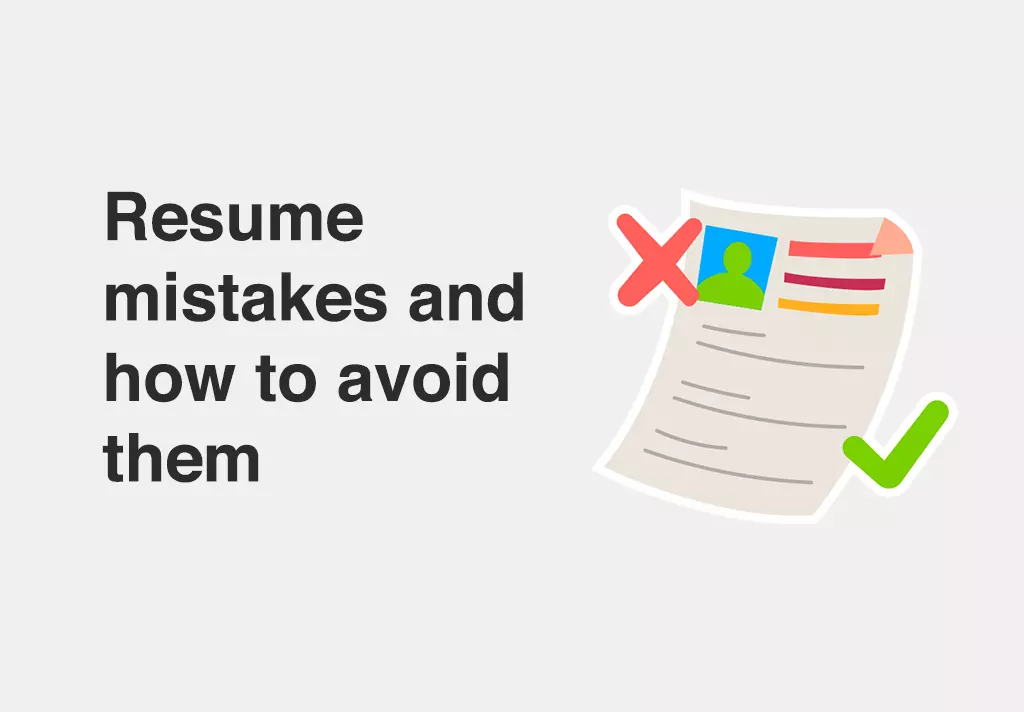No matter where you go, a compelling resume will take you far. It is your first chance to impress and a way to stand out amongst other applicants.
It gives recruiters or educational institutions a glimpse into your past achievements. It allows them to judge your fit for the position.
To sum up, knowing what to add and what not to add is essential for your resume. Here we draw up a perfect guide to what needs to be on a resume.
Before diving in, let us know what is a resume after all.
What is a Resume?

We would like you to think of the resume as marketing which showcases your relevant skills and experiences to employers.
There is a common misconception that a resume automatically leads to a job offer. However, that is not necessarily the case.
In reality, A successful resume will get you the interview. Ideally, your resume will be one page at this stage, with the maximum number of pages most likely being 2.
If you are trying to get into any Graduate School, a longer resume may be acceptable. However, in most cases, employers expect to see a one-page resume, That is targeted and concise.
Who needs a resume?
Anyone who is currently working or planning to look for a job or internship and is applying to Graduate School will need a professional resume first handedly.
Here’s a fun fact – Most employers don’t spend very much time looking over your resume. At most, they will spend 20-30 seconds, but it is not uncommon for them to spend less than 10 seconds reading over your resume. With that being said, your resume must be concise and Organized.
What needs to be on a Resume

A resume is a short document that tells potential employers of other skills, work history, and more. Because it’s so valuable and versatile, Almost every job search begins with one.
But even though every resume has its look and feel, they usually contain the same basic types of information.
It all starts with your contact info at the top of your resume. Include the following list in your resume.
- First and last name.
- Phone number.
- Email address.
- Your mailing address or just your city and state.
- Resume Summary
- Work experience
- Educational
- Skills section
How to write Resume Summary
The summary should not be confused with objectives, one or two-sentence statements explaining your career goals.
In most cases, we do not recommend using objectives because objectives focus on what you want. In contrast, summaries focus on what you can offer, which is far more attractive to employers.
You Can make summaries in two different styles. You can use bulleted lists to showcase your experience, or you can use the paragraph format if you prefer a more personal feel.
Summaries are popular because they let hiring managers find essential information quickly. They are best suited for job seekers who have a few years of work experience and need to boil it down into an easily read format.
It would be best to put it at the top of your resume when placing your summary under your contact info. Hence, it catches the hiring manager’s eye.
Keep in mind that the summary is not required on a resume, so take the time to consider if it’s right for you. With that said, a well-written summary can distill your work history into concise highlights, potentially adding clarity and value to your resume.
Work experience
Your work experience is one of the vital parts of your resume. It details where and when you’ve worked along with your tasks and achievements. This is where hiring managers usually determine if you’re suitable for the job, so make sure you present yourself in the best light possible.
Educational
Because many jobs have some educational requirements, you’ll need to list where you attended school, what degrees or certifications you’ve earned, and so on.
You should always include this section regardless of how much education you’ve completed.
Writing Your Resume Skills Section
The skills section can reinforce your work experience by listing any technical or career-related skills that can help you stand out.
The skills section of your resume can make a massive difference during the job search.
No matter what kind of experience you have will guide you through the dos and don’ts of an effective skill section.
First, don’t include obsolete or irrelevant skills. Obsolete skills make your resume look out of date. While you may have valuable experience from other parts of your career, you should only include skills related to the job you’re pursuing.
Next, list your most relevant skills first. Make each entry brief and specific, but feel free to include as many relevant entries as you need.
When it comes to character traits, don’t list them as skills. Although qualities like hard-working and dedicated are positive, simply listing them won’t win over hiring managers.
Instead, show these traits through the tasks and achievements of your work experience.
Organize your skills to keep things readable. Group related entries together, such as your computer skills, language skills, and so on. You can list them, or if you have several skills of the same type, you can organize them into categories.
Don’t include anything personal, religious, or political. Individual skills are typically unnecessary and unrelated to your job search.
In the USA, religious or politically related skills are generally not included, but this can vary from country to country.
Take the time to optimize the skills section, and it will hopefully be a highlight of your resume.
Resume mistakes and how to avoid them

It can be tricky to draw up what you need to add to your resume and what you shouldn’t do when putting a resume together.
That’s why we’ve collected some common resume mistakes, along with ways to avoid them.
This part of the post focuses on resume mistakes in the US so remember that best resume practices can vary depending on the country.
list of Common Resume Mistakes to Avoid.
- Don’t lie
- Don’t include references
- Multiple fonts
- Avoid graphics
- Avoid personal information
- Misspell
1. Don’t lie
First off, don’t lie on your resume because including false or misleading information is unethical and possibly illegal. Be honest upfront because hiring managers will likely conduct a background check to confirm your credentials
2. Don’t include references
Next, don’t include references, as employers usually don’t need them yet, wasting valuable space. But when an employer does ask for references, be sure you’ve listed them in a separate document that can submit on demand.
3. Multiple fonts
To keep your resume pleasant and professional to read, don’t use multiple fonts. When choosing your fonts, use familiar and clear ones, like times Times New Roman or Tahoma
4. Avoid graphics
Unless you’re a graphic designer, don’t use graphics of any kind as an image on a resume is generally considered unprofessional. Along with unusual formatting, graphics can also make your resume harder to read.
In addition to graphics, it’s best not to include a photo of yourself unless it’s required for the position.
That way, your employer will consider you by your experience and skills, not your appearance.
5. Avoid personal information
Avoid using any personal information such as listed below
- birthday
- Height and Weight
- Health
- Marital status
- Religion
This sort of info is usually considered unnecessary and, in more extreme cases, could even lead to discrimination.
6. Misspell
Any short of Misspell words can make your appearance look careless. It is to best check before any misspell by using any free spell checker.
Conclusion
Remember that a resume’s purpose is to grab an employer’s attention and get you an interview. That means every aspect of your resume should be clear, concise, and relevant to the job you’re pursuing. Creating a quality resume takes time and effort, but once it’s ready, you’ll be much better prepared for the job search.
Keep the conversation going

Hi, i’m Akash shaw creator of Adsvast agency , Hello, I am a perfectionist with deep love for aesthetics,
a graphics designer with expertise in logo design and branding.
My only goal with Notamartwork is try to help others to freelancers to get jobs and learn how to do freelancing.
